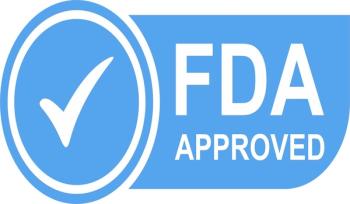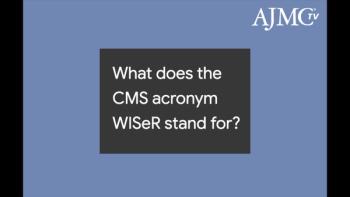
Pandemic Outreach Efforts for ADHF Need to Improve
Investigators from Toronto compared morbidity and mortality outcomes among patients with acute decompensated heart failure (ADHF) before and during the COVID-19 pandemic.
Patients living with acute decompensated
This has become especially apparent, the authors noted, during the COVID-19 pandemic, which has been witness to decreases in both emergency department (ED) visits and hospitalizations for ADHF. “We aimed to determine the consequences of these early trends on ADHF-patient morbidity and mortality,” they wrote and they did so by comparing March 1 to September 28 in 2019 and 2020.
The patients in their multicenter cohort observational analysis presented with ADHF to 3 medical centers in Toronto, Ontario, Canada: the University Health Network (UNH; Toronto General Hospital and Toronto Western Hospital), Mount Sinai Hospital (MSH), and Sunnybrook Health Sciences Centre (SHSC). Virtual care commenced at these centers on March 9, 16, and 27, 2020, respectively. Through UNH, patients were also invited to participate in a mobile phone–based telemonitoring program. The program, known as Medly, was not provided at MSH or SHSC. Patients were excluded from the authors’ analysis if they had a history of heart transplant or implantable ventricular assist device.
Approximately 25% fewer patients with ADHF presented to the ED on a weekly basis during the study’s COVID-19 period compared with 2019: 804 vs 1080. Among these patients, 1.4% received a COVID-19 diagnosis. However, just 21% were actually being followed by a HF program when they were admitted. There were also 26% fewer weekly ED visits and an 18% drop in weekly total admissions between 2019 and 2020.
Further, among those who specifically presented to the ED for ADHF, visit totals were close to equal between the study periods: 729 (90.7%) in 2020 and 991 (91.8%) in 2019. These ED visits led to a slightly higher hospital admittance rate of 85.2% for the COVID-19 period compared with 83.2% in the prepandemic period. However, when looking at absolute numbers, there were 610 hospital admissions from the ED in 2020 vs 810 in 2019 and 75 and 89 admissions, respectively, from a clinic.
Starker differences were seen when comparing intensive care unit (ICU) admissions and in-hospital mortality following initial hospital admission. During the COVID-19 study period, 21.8% of patients ultimately ended up in the ICU vs 17.5% from before the pandemic, and 8.9% of patients died vs 5.7%, respectively.
Median lengths of stay did not differ between the study periods. In addition overall, patients in both groups had a mean age of 76 years, a body mass index of at least 27 kg/m2, self-reported a race of “other” (52%), and a mean (SD) left ventricular ejection fraction of 45% (17%). The most common New York Heart Association functional class was I/II, and the most common comorbidities were hypertension (73.9% of the COVID-19 group and 71.1% of the pre–COVID-19 group) and atrial fibrillation (47.2% and 52.1%, respectively).
Additional study analyses showed 15% greater odds (odds ratio [OR], 1.15; 95% CI, 0.88-1.49) of hospital admission following ED presentation during the COVID-19 study period compared with before and an 8% increased risk (OR, 1.08; 95% CI, 0.73-1.60) of 30-day readmission or recurrent ED visit, but the authors deemed both findings nonsignificant increases.
“While the consequences of SARS-CoV-2 infection are profound, the indirect effects of the COVID-19 pandemic, including the delayed or foregone health care for patients living with other chronic conditions, are believed to carry an equal, if not greater burden on subsequent cardiovascular mortality and morbidity,” the authors wrote. “While we are not able to confirm the reasons for the observed behavior in this study, it is likely a consequence of the collective pandemic response and fear imposed by public health messaging regarding stay-at-home orders.”
In part through public health messaging, patients living with any chronic condition—including heart failure—need to be encouraged to seek timely medical care. Patient management strategies also could use improvement, the authors concluded.
Reference
Buchan TA, Kugathasan L, Kobulnik H, et al. Increased mortality in patients with acutely decompensated heart failure duing the COVID-19 pandemic in Toronto, Canada. Published online June 22, 2022. doi:10.1016/j.cjco.2022.06.006
Newsletter
Stay ahead of policy, cost, and value—subscribe to AJMC for expert insights at the intersection of clinical care and health economics.















































